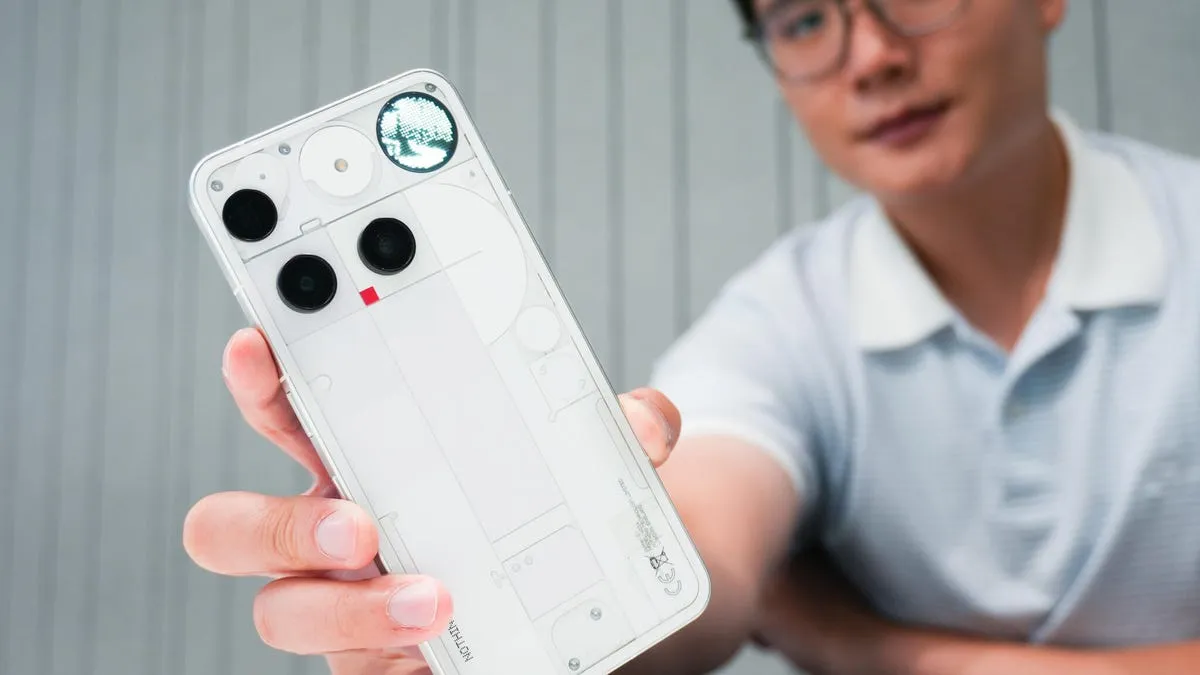
As a long-time Android user, I've spent numerous hours seeking ways to extend the battery life on my devices. Growing up with budget smartphones meant I was always on a quest to optimize every setting for better battery performance. This experience has equipped me with valuable insights, and I’m excited to share them with you. Whether you own the latest Samsung model or a sleek Google Pixel, these tips will help you improve your phone's longevity without compromising performance.
The always-on display feature is one of the biggest culprits when it comes to battery drain. While manufacturers often claim it only uses 1% to 2% of battery per hour, the real impact is usually much greater. If you want to save battery life, consider disabling this feature.
How to: Open the Settings app and navigate to the Lock Screen section, which can usually be found in the main Settings menu or under Display. From there, turn off the always-on display option to ensure your screen goes blank when locked.
Most Android devices come equipped with a feature called Adaptive Battery. This smart setting manages your phone's performance based on your usage patterns, helping to extend battery life. For example, it reduces power consumption during simple tasks like checking emails.
How to: Go to Settings > Battery > Adaptive preferences and ensure that Adaptive Battery is enabled. If it’s disabled, simply toggle it on.
Alongside Adaptive Battery, the Battery Saver mode is another excellent feature to prolong your smartphone's life between charges. This mode limits background activity and visual effects, including reducing screen brightness and potentially enabling dark mode.
How to: On Pixel phones, navigate to Settings > Battery > Battery Saver. Samsung users can find it under Settings > Battery and Device Care > Battery. You can choose to set a schedule for this feature as well.
Many modern Android phones feature OLED displays, which allow pixels to turn off completely when displaying black. Enabling dark mode can significantly save battery life compared to traditional LCDs.
How to: Go to Settings > Display and select the option to enable dark theme, which can also be set to turn on automatically at specific times.
Lowering your display brightness is a well-known battery-saving tip, but it’s often overlooked. Additionally, reducing the sleep timer can prevent battery drain when the phone is idle.
How to: Swipe down from the top of your screen to access the quick settings menu. Adjust the brightness slider and go to Settings > Display to change the Screen timeout to under a minute.
Old accounts that you no longer use can still sync in the background, draining your battery. It's wise to remove these unnecessary accounts to optimize battery performance.
How to: Go to the Settings app and find the accounts section. Tap on each unused account and select the Remove account option to disconnect it from your device.
If you frequently use your keyboard, disabling keyboard sounds and haptic feedback can conserve battery life. Vibrations and sounds consume energy, so turning them off is beneficial for battery longevity.
How to: Open the Settings app, navigate to Language and input, select your keyboard, and disable Sound on Keypress and Haptic feedback options.
Notifications can be a significant drain on your battery life. By limiting the number of notifications you receive, you can help your phone save energy.
How to: Go to Settings > Notifications > App notifications to manage notifications for each installed app. Turn off notifications for apps that you don’t need to hear from regularly.
The Hey Google detection feature keeps your microphone active, which can drain battery life. If you don’t use the Google Assistant frequently, consider disabling this feature.
How to: Open the Google app, tap your profile picture, and navigate to Settings > Google Assistant > Hey Google & Voice Match. Toggle off the Hey Google option.
Smartphones today often feature high refresh rates like 90Hz or 120Hz, which enhance user experience but also consume more battery. Reducing the refresh rate can help save power.
How to: Access Settings > Display to find refresh rate options. Depending on your device, this may be labeled as Motion smoothness or Smooth Display. Revert to a standard refresh rate of 60Hz for better battery life.
While it’s essential to keep wireless features like Wi-Fi, Bluetooth, and location services enabled for most apps, turning off those you don’t use can help conserve battery life.
How to: Swipe down from the top to access quick settings and toggle off Wi-Fi, Bluetooth, or location services as needed.
Each Android phone has a low-power mode that disables various background activities and visual effects to save battery life when needed.
How to: Find this feature in your phone's settings, often under Battery settings, and enable it to extend your battery life during critical times.
By implementing these 12 practical tips, you can significantly enhance the battery life of your Android phone without sacrificing its performance. Enjoy your device longer and make the most of its capabilities!